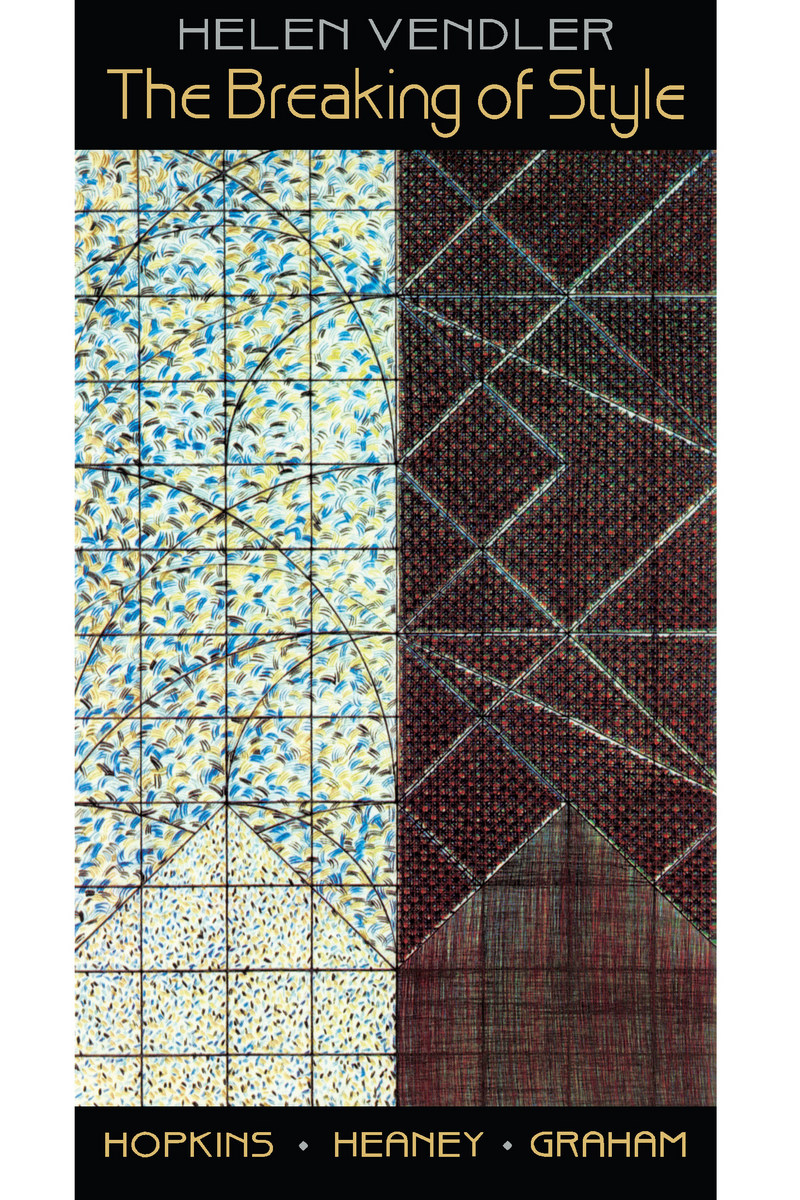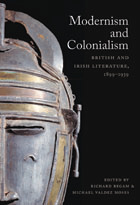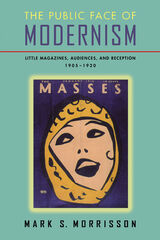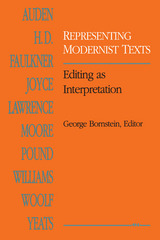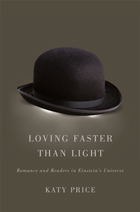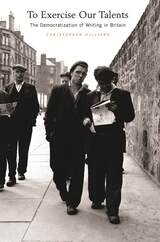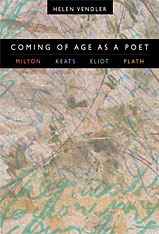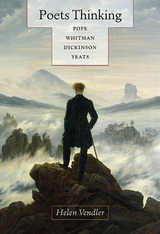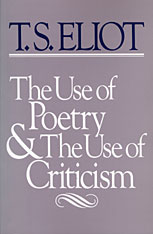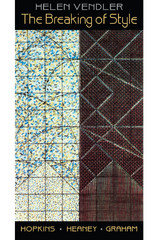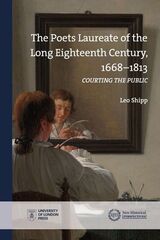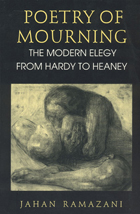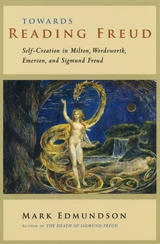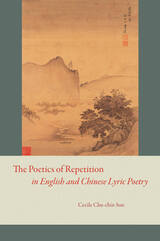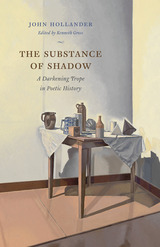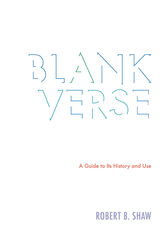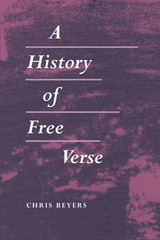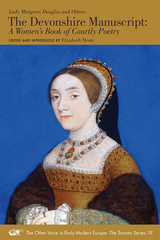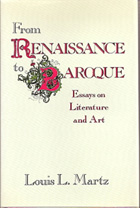Vendler is a critic readers of poetry, inside the academy and out, should take seriously… She writes less as a scholar (though her learning is prodigious) than as one impelled by the special pleasure she finds in poems to trace each instance of that pleasure to its source… While [The Given and the Made and The Breaking of Style] offer complex, sometimes difficult interpretations of work that is itself often difficult, they hew close to the primary experiences of wonder and conviction that is poetry’s special power to evoke. Her prose is…lucid and elegant… [In The Breaking of Style] the chapter on Hopkins is a tour de force, the most concise and helpful account I have seen of the dense, jarring, strangely musical meter the Victorian Jesuit called ‘sprung rhythm’ …Vendler’s argument, in The Given and the Made, is that poetry is a special way of confronting, and symbolically resolving, the hard facts of life. And poetry, which has for so long seemed to be approaching an ultimate marginality, surely needs defenders like Vendler, so committed to protecting its singularity as an art form… These [are] illuminating books.
-- A. O. Scott The Nation
Helen Vendler is justly admired as the author of critical studies of George Herbert, Keats, W. B. Yeats, and Wallace Stevens. Her current project is a study of Shakespeare’s sonnets. She is also the most influential reviewer of contemporary poetry in English: her reviews of new books of poetry appear frequently and forcefully in The New Yorker, The New York Review of Books, The New Republic, Parnassus, and other journals… [H]er gifts are so immense… The new books [Soul Says, The Given and the Made, and The Breaking of Style] have a number of such [acute] analyses, continuously alert to the detail of the poems… One of the pleasures of reading Vendler’s criticism is that of seeing a poet’s achievement lavishly appreciated… The most valuable chapters in the three new books are those in which Vendler leads us through difficult poems… After [she does so], the poem is still to be read, and read again, word by word, line, sequence, image cut into image. We have to get back from the discursive model, which Vendler so clearly describes, to the local movement and texture of the poem. But after Vendler’s commentary we are in a much better position to do so. I cannot think of a better justification for a critic’s work.
-- Denis Donoghue New York Review of Books
It is the mark of [Vendler’s] greatness as a critic that, when there is a conflict between the schematism and the poem, it is the schematism which must give way. The critic must be faithful to the poem, not to her preconceptions… Her readings of individual poems are rarely less than exemplary… The kind of thing [Vendler] is after is clear enough—the sort of poetry after which ‘the world never seems the same again.’ Of all critics, she seems one of those best qualified to find it.
-- Roger Caldwell Literary Review
There is perhaps no better critic than Vendler who can tell us so well how poems are made.
-- Clyde de Loache Ryals Studies in English Literature, 1500–1900
In the collections of essays The Breaking of Style and The Given and the Made Helen Vendler…firmly positions herself as one of our most authoritative voices on modern and contemporary poetry. Already an authority on Keats and Stevens among others, Vendler moved several years ago into the realm of contemporary poetry, where she has quickly established herself as a major critic. Vendler has always been a skilled practitioner of close reading, but in the essays of these two volumes she becomes an articulate apologist for the intensive attention to details of style and form that has come to be identified with New Criticism. Eschewing the current hegemony of theory in literary scholarship, Vendler makes the case in these essays that not only is there still a place for an exclusive engagement with the details of textual analysis, but to fail to address the details of a poem’s making is to ignore its physical presence.
-- Mary Kaiser World Literature Today
